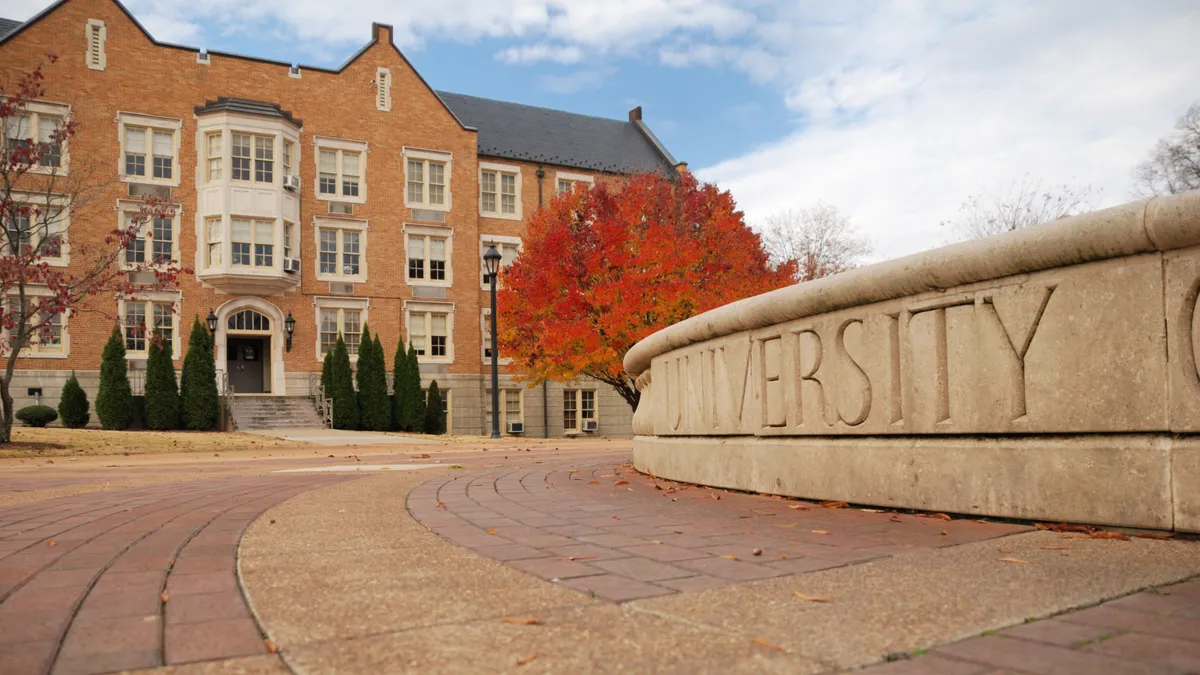Preliminary enrollment data for fall 2023 largely brought good news to colleges and universities.
Undergraduate enrollment rose 2.1% compared to the year before, with all major institutional sectors enjoying increases, including four-year institutions and community colleges. Meanwhile, graduate enrollment rose 0.7%, an encouraging sign for the sector after headcounts dropped 0.9% in fall 2022.
But initial figures also pointed to storm clouds ahead. First-year enrollment fell 3.6% this fall, nearly reversing gains colleges saw last year in this group.
The findings are based on preliminary data from the National Student Clearinghouse Research Center as of Sept. 28. They come from 55% of the Title IV, degree-granting colleges that participate in the clearinghouse, covering about 9.6 million college students.
Below, we further break down some of the enrollment trends:
Short-term credentials gained steam
Short-term credentials continued to prove popular among undergraduate and graduate students. In fall 2023, enrollment in undergraduate certificate programs shot up 9.9% compared to the year before, while graduate certificate enrollment rose 5.7%.
Degree programs didn’t fare as well. Master’s programs saw the smallest enrollment increase, of 0.2%, followed by bachelor’s degree programs, which saw headcounts rise 0.9%.
First-year student enrollment fell at four-year colleges
Declines in first-year students were concentrated at four-year colleges, public and private. Enrollment of this group fell 6.1% at public four-year colleges and 4% at private nonprofits.
The first-year population at community colleges, meanwhile, mostly held steady, declining by only 0.2%. And for-profit four-year colleges enjoyed a large 10.8% increase in first-year students.
Enrollment of White students fell at the undergraduate and graduate levels
Nearly all racial and ethnic groups the clearinghouse tracked saw enrollment increases at the undergraduate and graduate levels.
Latinx students had the largest enrollment growth at undergraduate level, rising by 4.2%. Meanwhile, Asian students had the largest increase at the graduate level, ticking up 6%.
However, enrollment of White students fell 0.9% at the undergraduate level and 1.9% at the graduate level.
Undergraduate enrollment was mixed across age groups
Enrollment trends were mixed across age groups. Those 17 or younger, which captures high school students in dual enrollment programs, rose 8.8%, continuing rapid increases from the year before.
Students between the ages of 18 and 20 also saw an uptick of 3%. Enrollment of students older than 30 similarly increased by 2.9%
However, students between the ages of 21 and 29 saw declines of around 1%.
Vermont saw the largest enrollment decline, while Kentucky had the biggest uptick
Most states enjoyed overall enrollment increases. Only nine states saw declines, with Vermont’s 4.7% enrollment decrease representing the largest dip. Iowa and Pennsylvania, meanwhile, had essentially flat enrollment.
The preliminary data does not include figures for Massachusetts, New Jersey, Oregon, Rhode Island or Washington due low institution counts or low enrollment coverage, according to the clearinghouse.
Correction: This article has been updated to note that the preliminary data does not include overall enrollment figures for Massachusetts.















